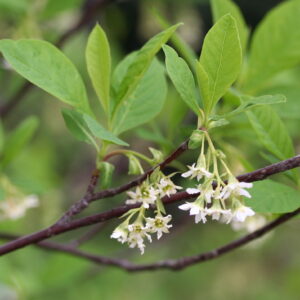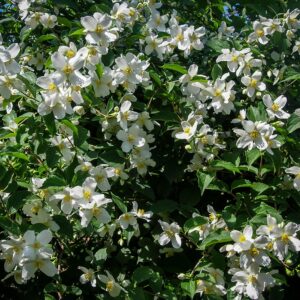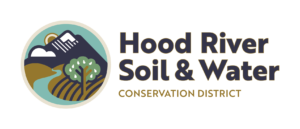Showy milkweed is an essential plant for various life stages of the monarch butterfly. Showy Milkweed is an essential plant for pollinators. Once established, it can grow in habitats ranging from dry to moist in road-sides, old fields, and meadows. Known for it’s fragrant flowers, this herbaceous perennial spreads through rhizomes in the soil. In the Summer, Showy Milkweed produces seed pods where they release their seeds which are dispersed by the winds. These plants will come to you as rhizomes and should be planted horizontally 4-6″ deep in the soil.
$3.50
$3.50
Out of stock
Related products
 Out of stock
Out of stock
Osoberry
Also known as Indian plum, this deciduous shrub grows to about 15 feet tall in the understory of forests. It is one of the first plants to leaf out and flower, letting you know that spring has arrived! It produces white tubular flowers early, which turn into small purple fruit that resemble plums. It grows in dry to moist soils and prefers shade. This plant is dioecious, meaning there is a male plant and a female plant, so you will need both a male and a female plant to produce the fruit.
Read more Out of stock
Out of stock
Mock Orange
You want this plant. Mock orange is a loosely branched deciduous shrub, which grows 5- to 10-feet tall. It has showy, fragrant, white flowers that appear in May. It will grow in moist-dry, well-drained soils and prefers full sun to partial shade. In the bare root form it will come as a faily delicate plant but grows quick, it may just take a bit of extra care to get it established.
Read more Out of stock
Out of stock
Pacific Ninebark
A deciduous shrub that grows to 15 feet tall with a similar spread. Produces white flower clusters in late spring to early summer. It is often found growing along streams and other moist sites but can grow in drier soils in a landscape setting. Can grow in full shade to part sun. A good riparian plant.
Read more Out of stock
Out of stock
Three Leaf Sumac
Also known as Lemonade Sumac, this drought tolerant hearty shrub grow up to 8 ft tall and can handle a wide range of conditions. Yellowish flowers cluster in spikes which are followed by red fruit. This is another plant that shows striking fall foliage in the shades of yellow, orange and red.
Read more

